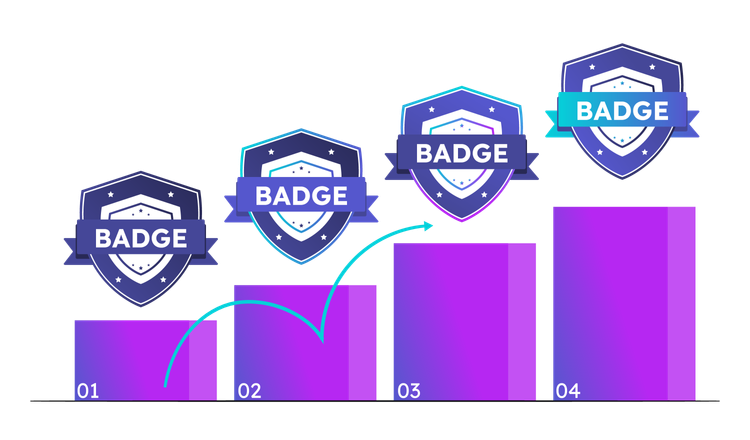Escalating problems to leadership

Wherever you fly, you'll be best of the best.
Wherever you go, you will top all the rest.
Except when you don't.
Because, sometimes, you won't.
I'm sorry to say so
but, sadly, it's true
that Bang-ups
and Hang-ups
can happen to you.
- Dr. Seuss
There will sometimes be situations in Partnerships where things will not go to plan and you will need to provide this as an update to leadership. Some common reasons for these escalation meetings are:
- As part of regular Business Reviews
- Preparing for a Partner meeting
- Asking for more resourcing to get a program back on track
This page outlines an approach that can be helpful as you work with your executives to review the situation and plan how to course correct.
General tips on working with Execs
Every executive is unique, and will have preferences for how you work with them, but here are some things to think about before any meetings with them:
- Assume zero context
Executives have to do a huge amount of context switching. Even though they may have been involved in the partnership recently, assume they have zero context.
Always provide the high-level narrative around the partnership, and provide them context on why the partnership matters, and what has led to the meeting. - Be clear on the input you want from them
Don't "bury the lead". Be clear and upfront about what you need from them and why. - Be factual, not emotional
Focus on providing the facts and data, and not your interpretation of those things. You can provide context around the data points, but resist framing anything as "good" or "bad". - Highlight any constraints you can see
Make the exec aware of the constraints you have in the partnership. You don't want any commitments made in these meetings that will not be achievable.
Approach to reviewing challenging areas in a partnership
Following the below sequence can help guide the discussion and get to an outcome which can move the program forward.
Step 1 - Relax.
Leadership are there to help you work through challenges. They will have useful advice and want to help. Lean into their experience.
Step 2 - Describe the challenge.
Concisely describe the situation and why this is a challenge. Use as much data as you can and remain neutral. Outline second order effects if you can, or explain how this could impact other work streams, teams or partnerships.
Step 3 - Outline the path back to green.
How do you propose to resolve the issue? Explain why you are making this recommendation. Who have you worked with on this approach? Outline why this is better than other options?
Step 4 - Outline costs and benefits of this approach.
Explain the investments which will need to be made, and why they will generate a return. Use data to show how and why this is the optimal path to move forward.
Step 5 - Accept responsibility; show how we can avoid these situations in future.
Outline any postmortems that have been done, and how the team will operate differently to avoid similar scenarios. Show how the organization is using this as a chance to evolve and learn.
If you are not making mistakes, you are not innovating. They are a fact of life, and the key thing is to learn from them, deal with them quickly and keep moving forward.
Useful Links
Running a retrospective to get lessons learned
If you found this useful, please share it. 🙏




